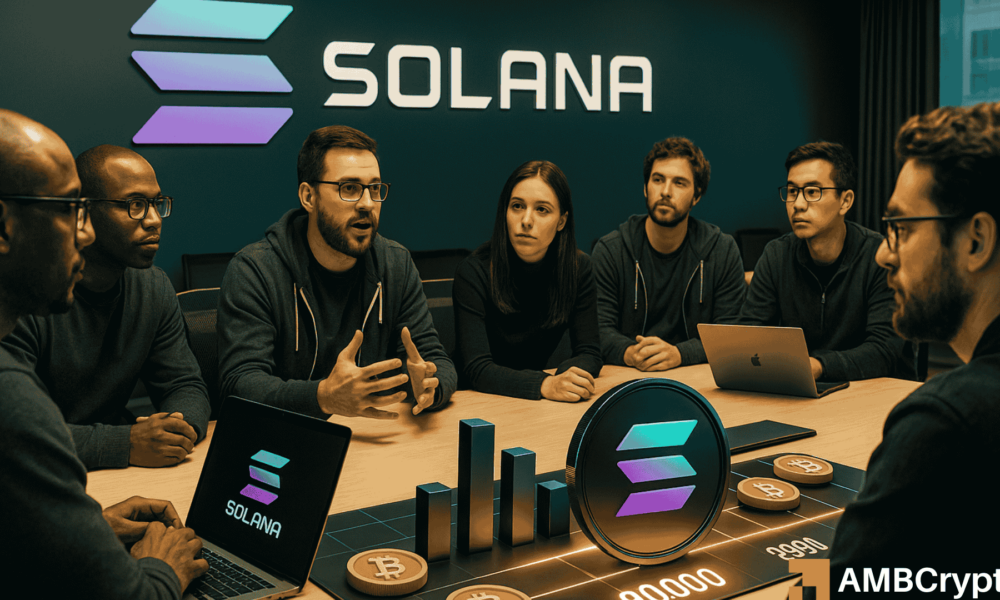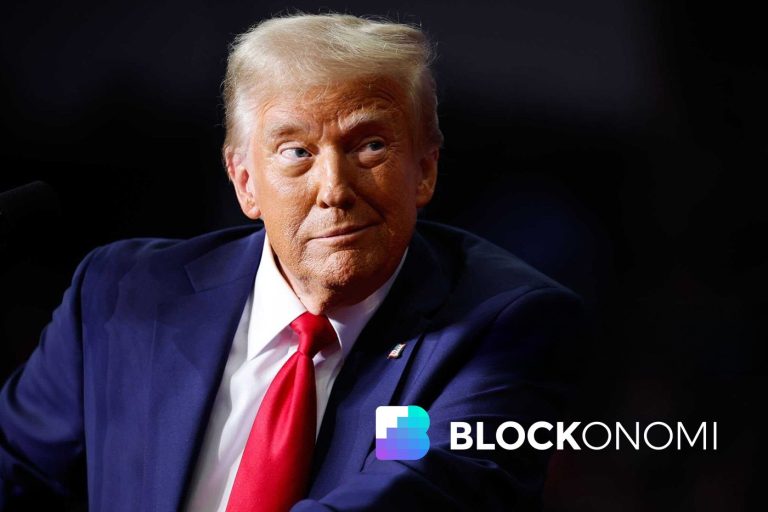
Solana Developers Propose Significant Inflation Reduction
Solana developers have introduced a groundbreaking proposal aimed at reshaping the network’s token issuance strategy. Known as SIMD-0411, this proposal could cut Solana’s annual inflation rate by up to 30% over the next few years, significantly altering the economics of staking and token supply dynamics.
How the Proposal Works
The proposal seeks to double Solana’s annual disinflation rate, reducing inflation by 30% per year instead of the current 15%. This change could accelerate the network’s timeline for reaching its long-term terminal inflation rate of 1.5%, bringing the date forward from 2032 to 2029. Over this period, the network could avoid minting approximately 22.3 million SOL tokens, valued at nearly $3 billion at today’s prices.
The Impact on Tokenomics
Supporters of the proposal argue that reducing inflation would enhance the long-term scarcity of SOL. This is particularly critical as exchange-traded funds (ETFs) continue absorbing SOL at higher-than-expected rates. By aligning Solana’s monetary policy with “low-inflation, high-usage” ecosystems like Ethereum, the network could sustain its growth without relying excessively on token issuance.
Additionally, Solana has seen a notable increase in on-chain activity, including stablecoin transfers, payments, and memecoin trading. Proponents believe that the revenue generated from these activities could gradually replace high token issuance as a reward system for validators, allowing the network to thrive in a more sustainable manner.
Challenges and Debates
Despite its advantages, the proposal has sparked heated debates within the community. Validator operators warn that reduced inflation could destabilize staking incentives, causing annual yields to drop from 6% to 5% in the first year, 3.5% in the second year, and just over 2% by the third year. This decline in rewards could force smaller validators to exit the network, raising concerns about centralization and potentially compromising network security.
At this stage, SIMD-0411 is under community review and must pass governance processes before implementation. Its adoption would represent the most significant update to Solana’s tokenomics since the network’s inception.
Looking Ahead
As Solana continues to evolve, the network faces a critical inflection point where economic policy, validator incentives, and long-term sustainability intersect. Whether the community prioritizes scarcity or staking stability will shape the platform’s future trajectory and influence its market performance heading into 2026.
Related Product: Ledger Nano X
For those looking to securely store their SOL tokens as the network undergoes these changes, the Ledger Nano X is an excellent choice. With advanced security features and support for over 1,000 cryptocurrencies, it’s a must-have for any serious investor.



